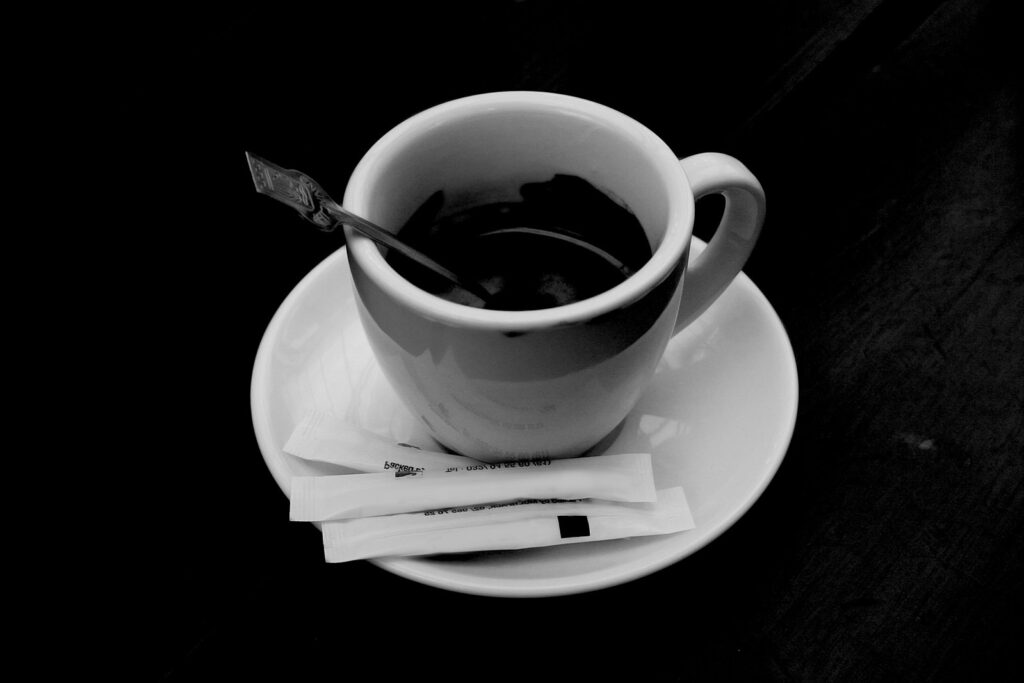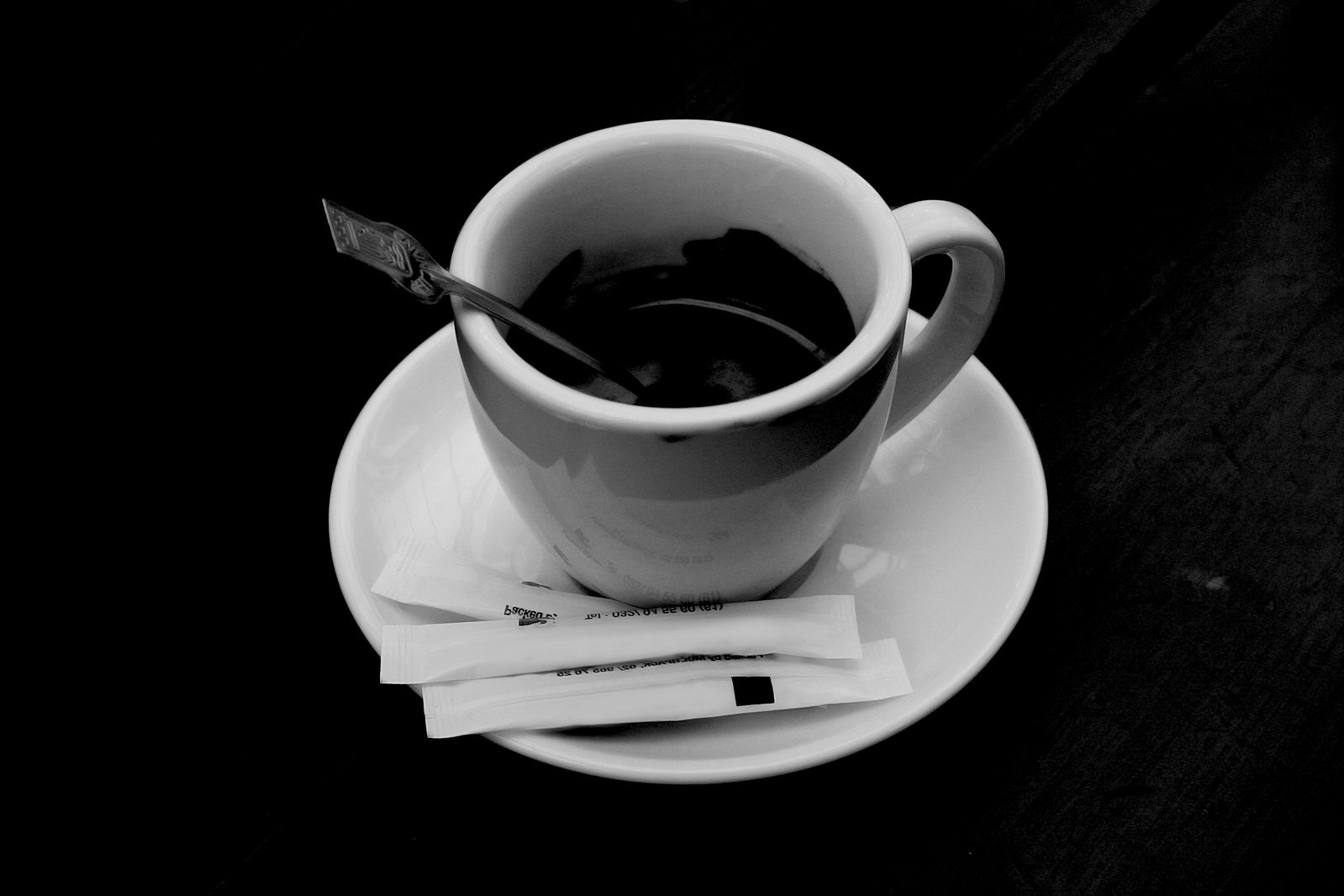
A Sip of History: How Much Did a Cup of Coffee Cost in 1968?
The year 1968. A time of social upheaval, technological advancements, and cultural shifts. From the Vietnam War to the Civil Rights Movement, the world was in a state of flux. But amidst the chaos, one constant remained: the simple pleasure of a cup of coffee. But how much did that daily ritual cost back then? The question, “how much was a cup of coffee in 1968?” unlocks a fascinating glimpse into the economic realities and everyday life of the era.
This article delves into the price of a cup of coffee in 1968, exploring the factors that influenced its cost, and comparing it to the modern-day price. We’ll examine the economic landscape of the time, the influence of major coffee brands, and the overall impact on consumer spending. Prepare for a journey back in time, where a simple cup of coffee tells a story of a changing world.
The Economic Climate of 1968
Understanding the price of a cup of coffee in 1968 requires a look at the broader economic picture. The late 1960s were a period of relative prosperity in the United States, but also one marked by rising inflation. The Vietnam War placed significant strain on the economy, leading to increased government spending and, subsequently, inflation. The Consumer Price Index (CPI) was steadily rising, impacting the cost of everything from groceries to gasoline.
Labor costs were also a significant factor. Unionization was strong, and workers were demanding higher wages. This, in turn, increased the operational costs for businesses, including coffee shops and restaurants. The price of raw materials, including coffee beans, was also subject to market fluctuations, influenced by factors such as weather conditions in coffee-growing regions and global demand.
The Price of Coffee: A Range of Possibilities
So, how much was a cup of coffee in 1968? The answer, as with most historical inquiries, isn’t a simple one. The price varied depending on several factors:
- Location: Coffee prices differed based on geographic location. Coffee in major cities like New York or Chicago might have been slightly more expensive than in smaller towns or rural areas due to higher operating costs.
- Type of Establishment: A cup of coffee at a diner would likely cost less than one at a more upscale restaurant or hotel. Coffee shops, which were becoming increasingly popular, offered a mid-range price point.
- Brand and Quality: The brand of coffee and the quality of the beans also played a role. Premium coffee brands or those using higher-grade beans would naturally command a higher price.
However, based on available historical data and consumer reports, a reasonable estimate for the price of a cup of coffee in 1968 would be between 10 and 25 cents. This range reflects the variability based on the factors mentioned above. A simple cup of black coffee at a local diner likely fell on the lower end of the spectrum, while a specialty coffee or a cup at a nicer establishment might have cost closer to a quarter.
Coffee Giants of the Era
Several major coffee brands dominated the market in 1968, influencing both the price and the consumer experience. These companies played a significant role in shaping the coffee culture of the time:
- Maxwell House: A household name, Maxwell House was known for its consistent quality and widespread availability. Their coffee was a staple in many American homes and restaurants.
- Folgers: Another major player, Folgers offered a similar level of quality and accessibility as Maxwell House. They were known for their advertising campaigns and their presence in grocery stores across the country.
- Nestlé: While primarily known for its instant coffee, Nestlé also had a significant presence in the coffee market. Their instant coffee products provided convenience for consumers.
These brands, along with smaller regional coffee companies, competed for market share, influencing the price and availability of coffee across the United States. The rise of these brands helped to standardize the coffee experience, making it more accessible and affordable for the average consumer.
Coffee and Consumer Spending in 1968
The price of a cup of coffee in 1968, even at the higher end of the spectrum, represented a relatively small portion of the average consumer’s budget. However, it’s important to consider this cost within the context of the overall economic landscape. The average hourly wage in 1968 was significantly lower than it is today, meaning that while coffee was affordable, it still represented a daily expense that needed to be considered.
For many, coffee was an essential part of their daily routine. It was a morning ritual, a social lubricant, and a source of energy to get through the workday. The affordability of coffee, coupled with its widespread availability, made it an integral part of American life.
Comparing to Today: The Cost of Coffee Across the Decades
To truly appreciate the historical context, it’s helpful to compare the price of a cup of coffee in 1968 to its cost today. While the exact price of a cup of coffee in 1968 varied, let’s use an average of 18 cents. To put this in perspective, consider the following:
- Inflation: The cumulative effect of inflation over the past five decades has significantly increased the cost of goods and services.
- Modern Prices: Today, a basic cup of coffee at a typical coffee shop can range from $2 to $4, while specialty coffee drinks can cost even more.
- Purchasing Power: While the price of coffee has increased, so have wages. However, a smaller percentage of a modern income goes towards coffee compared to the 1960s.
The price of a cup of coffee has increased significantly since 1968, reflecting the effects of inflation, increased labor costs, and the rise of specialty coffee culture. However, the relative affordability of coffee, even today, means it remains a staple for many consumers.
The Cultural Significance of Coffee
Beyond its economic impact, coffee held significant cultural importance in 1968. It was a social beverage, enjoyed in diners, coffee shops, and homes across the country. Coffee breaks were a common part of the workday, providing a chance for people to socialize and recharge. The rise of coffee houses also provided a space for artists, writers, and intellectuals to gather and exchange ideas. Coffee was more than just a drink; it was a symbol of community and connection.
The cultural significance of coffee in 1968 laid the groundwork for the coffee culture we see today. The rise of coffee shops, the popularity of specialty coffee drinks, and the emphasis on the coffee experience can all be traced back to the cultural trends of the late 1960s.
Conclusion: A Sip of History
So, how much was a cup of coffee in 1968? The answer, somewhere between 10 and 25 cents, offers a fascinating window into the past. It reflects the economic realities, the cultural trends, and the everyday lives of people in a pivotal era. The price of a cup of coffee in 1968 tells a story of rising inflation, the influence of major coffee brands, and the enduring importance of this simple beverage.
By understanding the cost of coffee in 1968, we gain a deeper appreciation for the changes that have shaped our world. From the economic climate to the cultural significance, the price of a cup of coffee provides a small but significant piece of the historical puzzle. The next time you enjoy your morning cup, take a moment to reflect on the history of coffee, and consider the journey it has taken to reach your cup. Thinking about how much was a cup of coffee in 1968, and comparing that to today, reveals a lot about our world.
[See also: The History of Coffee Shops in America] [See also: The Impact of Inflation on Everyday Goods] [See also: Coffee Culture Through the Decades]


